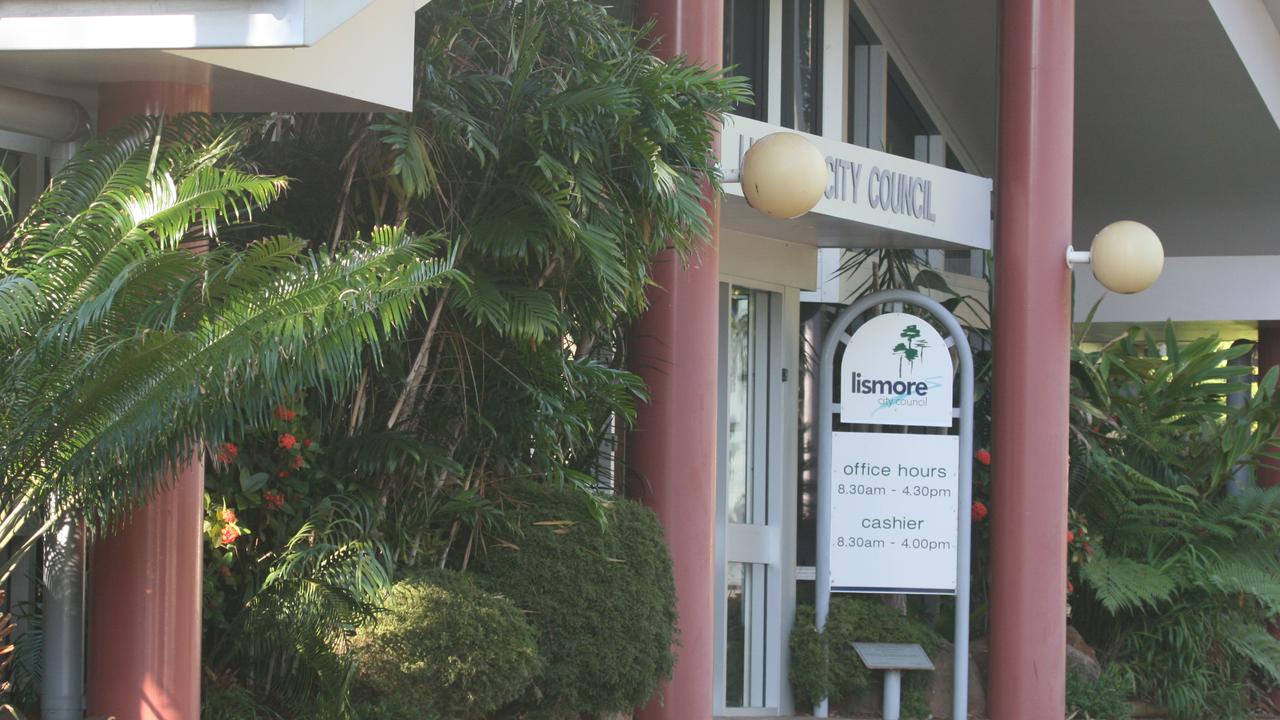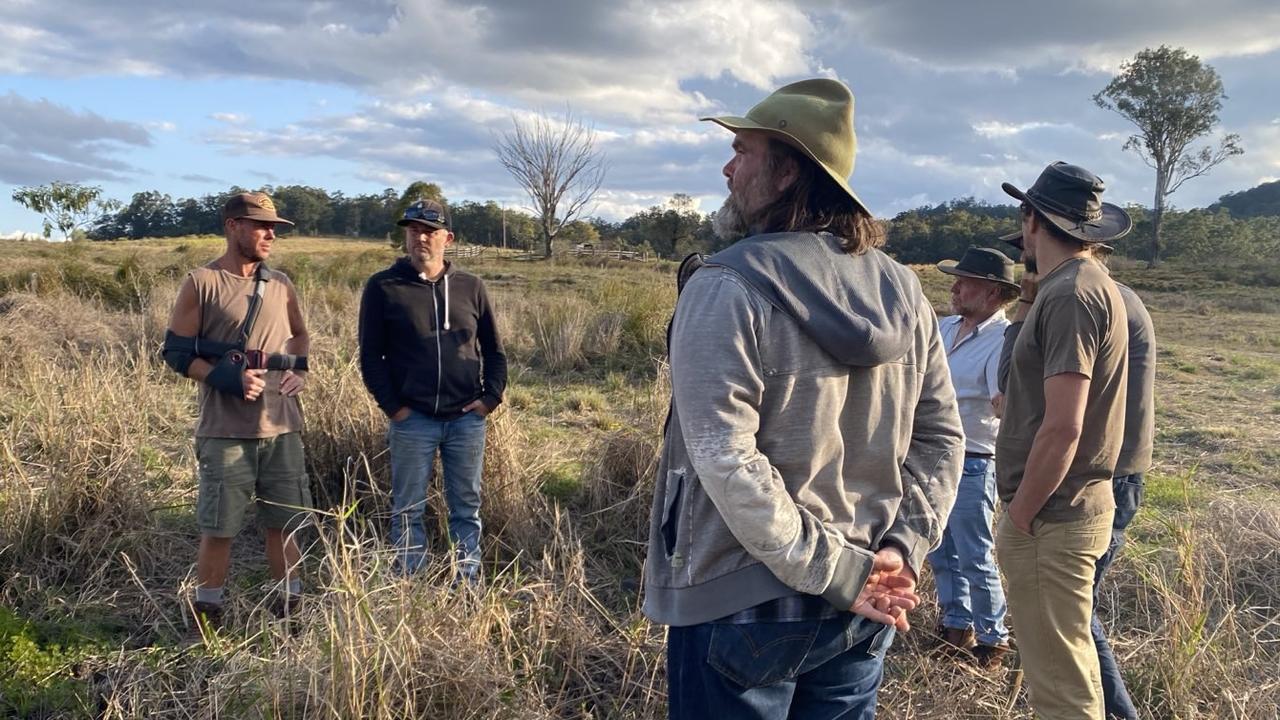Underwater habitat not so fanciful
A NORTHERN NSW company is working with inventor Shaun Waterford to create a prototype structure of an underwater habitat.

Property
Don't miss out on the headlines from Property. Followed categories will be added to My News.
THERE is a Simpsons episode where Homer, after another brain explosion, helpfully suggests he and his family should move under the sea to escape persecution from the rest of the residents living in Springfield.
In the episode, Marge rightly dismisses her husband’s idea as lunacy. However, new technology involving a Billinudgel company may mean Homer’s idea wasn’t so fanciful after all.
The company, Domeshells Australia, is working with inventor Shaun Waterford to create a prototype structure that would allow people to spend extended periods of time underwater.
Mr Waterford told The Northern Star the prototype, part of the $200,000 project, was about 70 per cent completed.
When it is done, and when a suitable location to place it under the ocean is found, Mr Waterford hopes the habitat will enable him to break the record for staying underwater.
“The record was set in the USA by Rick Presley in 1982 and was for 69 days,” Mr Waterford said.
Mr Waterford is hoping to last underwater for 90 days. However, he is not confined to his underwater home; he can step out into his aquatic backyard.
“I can leave the underwater habitat as often as I like as long as I don’t break the surface,” he said.
“I’ll have an internet feed going to the habitat, so I’ll be in continual contact with the outside world,” he said.
As to where this bold new adventure is going to take place, Mr Waterford currently has his eye on the Far North Coast.
“I want to place it in the Tweed Shire,” he said. “I’m looking for a location away from ocean swells and current.
“I have an appointment coming up with Mayor (Kevin) Skinner to discuss the project.”
Mr Waterford is hoping to leap whatever bureaucratic hurdles come with placing a habitat underwater, so he can break the record in Australia.
If the initial project is successful, Mr Waterford said he was hopeful the technology could have a broader application.
“Eventually I want to build a stand alone underwater colony,” he said.
“The applications are for research, science and tourism primarily.
“Think of the science application. You could tow my unit to any area of interest, e.g., bleached coral, and have scientists live and research the affected area.”
Ah, but what about breathing and problems with decompression, you might ask? Good question.
“The habitat has a ‘topside’ support station which supplies it with air, power, a bilge pump and telecommunications,” Mr Waterford said.
“The habitat is also equalised so there is no decompression issues. Think of travel in a pressurised aircraft.The food and supplies are delivered by volunteer support divers.”
Originally published as Underwater habitat not so fanciful


